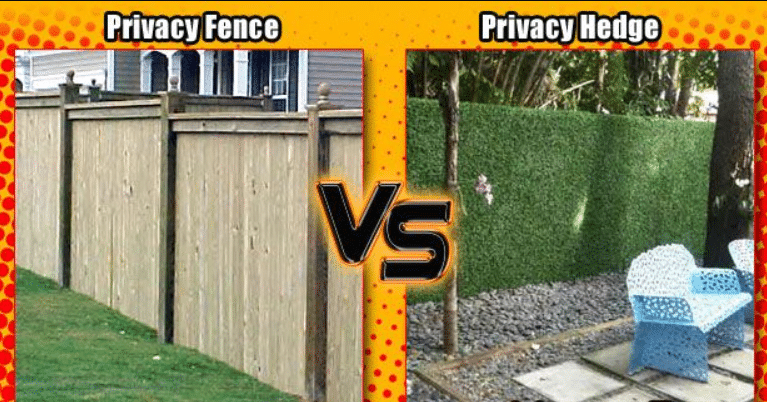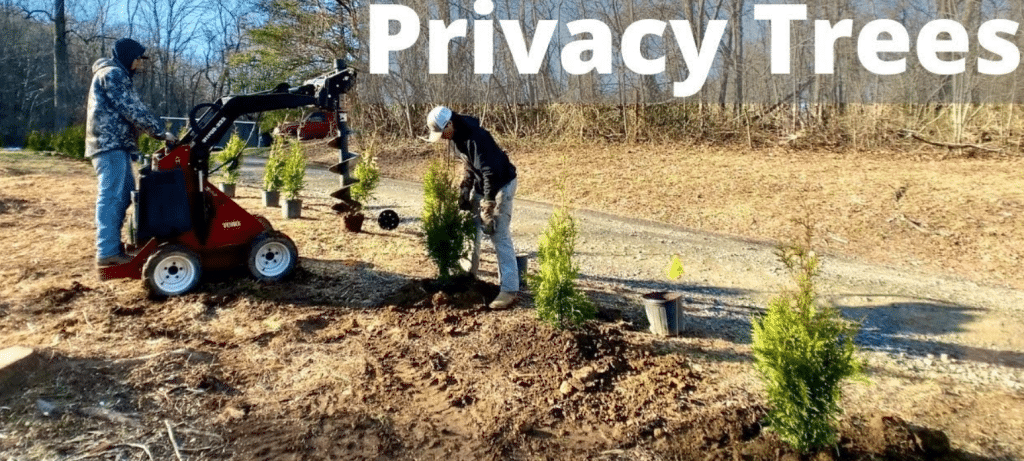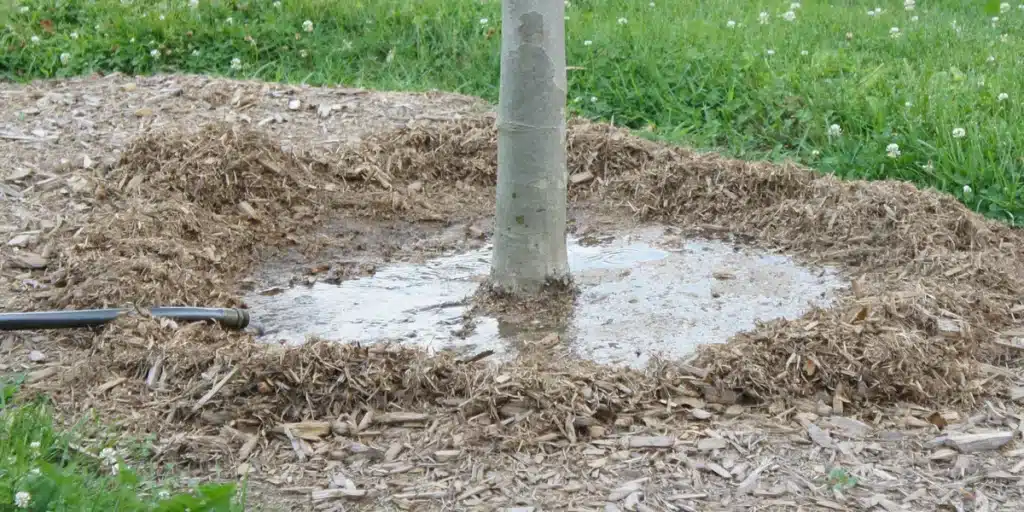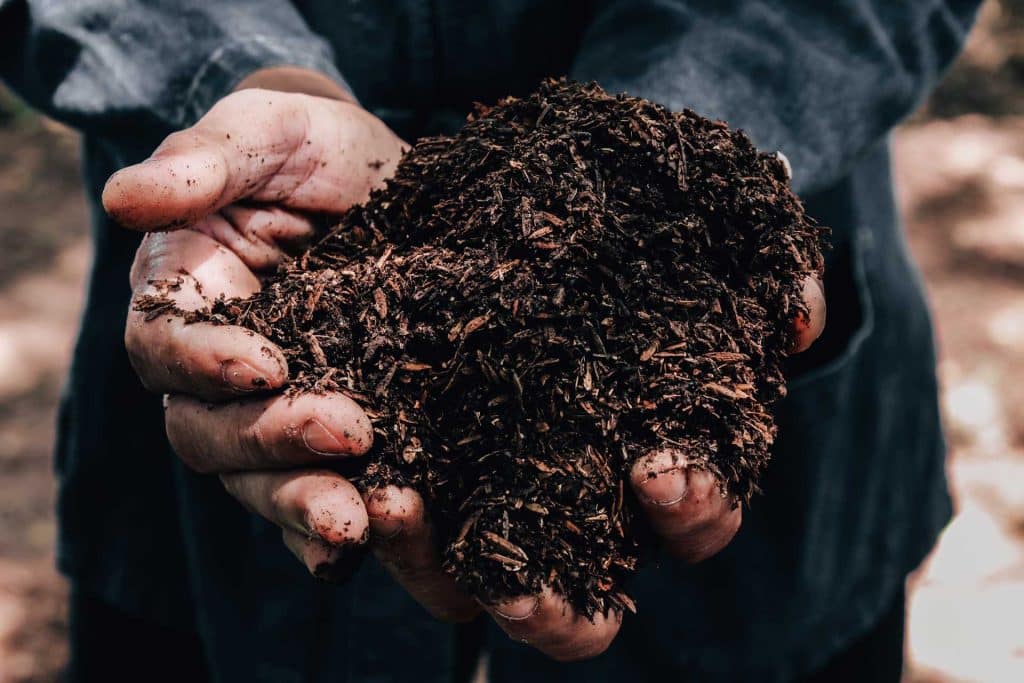In today’s fast-paced world, the sanctuary of one’s home has never been more important. Privacy is key in making residential spaces feel like a refuge. While fences and walls are traditional means of securing privacy, they often lack aesthetic appeal and can be costly to install and maintain. An increasingly popular alternative is using low-maintenance plants to create a natural living barrier. Not only do these plants offer the privacy homeowners seek, but they also add a touch of beauty and nature to the surroundings. This article will explore why plants are an excellent choice for privacy, what factors to consider when choosing them, and how to care for them to ensure they meet your privacy needs.
Contents
Why Choose Plants Over Traditional Fencing?
Aesthetic Appeal
One of the most compelling reasons to opt for plants over traditional fencing is the aesthetic value they add to a property. Plants offer a range of colors, textures, and heights that can be customized to suit any design style. Whether you prefer the lush, tropical look or a more minimalist, modern approach, there’s a plant that can complement your aesthetic. Moreover, plants change with the seasons, providing a dynamic visual experience year-round.
Environmental Benefits
In addition to their aesthetic appeal, plants offer significant environmental benefits. They act as natural air purifiers, absorbing pollutants and emitting oxygen. This contributes to a healthier living environment for not just the homeowners but also the community at large. Furthermore, plants provide habitats for various forms of wildlife, from birds to beneficial insects, thereby enhancing local biodiversity. In contrast, traditional fences do not offer these ecological advantages and may even require treatments that can harm the environment.
Factors To Consider When Choosing Plants For Privacy
Climate
Before you rush to the nursery to buy plants, it’s crucial to consider the climate of your location. Plants that thrive in one region may struggle or even die in another. For example, tropical plants may not survive in areas with harsh winters. Therefore, it’s advisable to consult local gardening experts or do some research to determine which plants best suit your specific climate conditions.
Space
Another important factor to consider is the amount of space available. Some plants, like bamboo, can grow very tall and wide, making them unsuitable for smaller spaces. On the other hand, climbing plants like ivy can be a good option for limited areas as they grow vertically. It’s essential to measure your space and plan accordingly to ensure that the plants will fit well and provide the level of privacy you desire.
Types Of Low-Maintenance Plants For Privacy
Evergreen Shrubs
Evergreen shrubs are a popular choice for privacy plants because they retain their leaves throughout the year, providing a consistent barrier. Examples include:
- Boxwood: Known for its dense foliage and ability to be shaped into various forms.
- Holly: Offers the added benefit of berries, which also attract birds.
- Arborvitae: Grows tall and is excellent for creating a natural fence.
These shrubs are generally easy to care for, requiring occasional pruning to maintain their shape. They are versatile and can be shaped into formal hedges or allowed to grow more naturally, depending on your preference.
Ornamental Grasses
If you’re looking for a more relaxed, natural look, ornamental grasses might be the right choice. Examples include:
- Feather Reed Grass: Known for its tall, feathery plumes.
- Switchgrass: Offers a range of colors from green to red, depending on the variety.
- Zebra Grass: Features striking horizontal stripes on the leaves.
These grasses typically grow tall enough to provide a reasonable level of privacy, and their feathery plumes add an extra layer of visual interest. Best of all, they are generally drought-resistant, making them an excellent choice for conserving water.
Climbing Plants
For those with limited space or who prefer a more romantic look, climbing plants can be an excellent option. Examples include:
- Ivy: A classic choice that grows quickly and offers dense coverage.
- Clematis: Features beautiful flowers and is relatively easy to care for.
- Wisteria: Known for its stunning, fragrant flower clusters.
Climbing plants require a structure to grow on, such as a trellis or pergola, but once established, they can provide a lush, vertical barrier perfect for privacy.
Best Practices For Planting
Soil Preparation
The foundation of any successful garden is healthy soil. Before planting the soil’s pH and nutrient levels must be tested before planting. Depending on the results, you may need to amend the soil with organic matter or specific fertilizers. Good soil provides the necessary nutrients for plant growth and improves water retention and drainage, reducing the need for frequent watering.
Spacing
Proper spacing is crucial when planting for privacy. Planting too closely can lead to overcrowding, poor air circulation, and increased disease susceptibility. On the other hand, planting too far apart will not provide the privacy you seek. It’s advisable to consult with nursery staff or a gardening expert to determine the optimal spacing for your chosen plants. This will ensure that they grow into a thick, healthy barrier.
Seasonal Care Tips
Spring
Spring is the ideal time for pruning and fertilizing your private plants. Pruning helps to shape the plants and remove any dead or diseased branches, encouraging new growth. Fertilizing provides the necessary nutrients for robust growth during the growing season. Using a slow-release fertilizer to nourish the plants over an extended period is best.
Summer
During the hot summer months, monitoring your plants for signs of water stress and pests is important. While low-maintenance plants generally require less water, extreme heat can cause them to dry out. It’s advisable to water early in the morning or late in the afternoon to reduce water loss due to evaporation. Additionally, watch for common pests like aphids and caterpillars, treating them as necessary with eco-friendly pesticides.
Common Mistakes To Avoid
Overcrowding
One of the most common mistakes people make when planting for privacy is overcrowding. While it might be tempting to plant closely to achieve immediate privacy, this can lead to a host of problems down the line. Overcrowded plants are more susceptible to diseases and may struggle to receive adequate light and nutrients. This can result in weak, spindly growth rather than the lush, thick barrier you desire.
Neglecting Soil Health
Another frequent oversight is neglecting soil health. Plants draw their nutrients from the soil, and depleted soil can lead to poor growth and increased susceptibility to diseases. Regular soil tests and amending to maintain optimal growing conditions are advisable. This is especially important for low-maintenance plants, as healthy soil can reduce the need for additional care.
The Bottom Line
The quest for privacy in residential spaces has led many to explore using low-maintenance plants as a viable and attractive alternative to traditional fencing. From the aesthetic versatility to the environmental benefits, plants offer many advantages. By considering factors like climate and space and following best practices in planting and care, homeowners can create a living barrier that serves both functional and aesthetic purposes. So why not take the green route? Your home—and the planet—will thank you.





